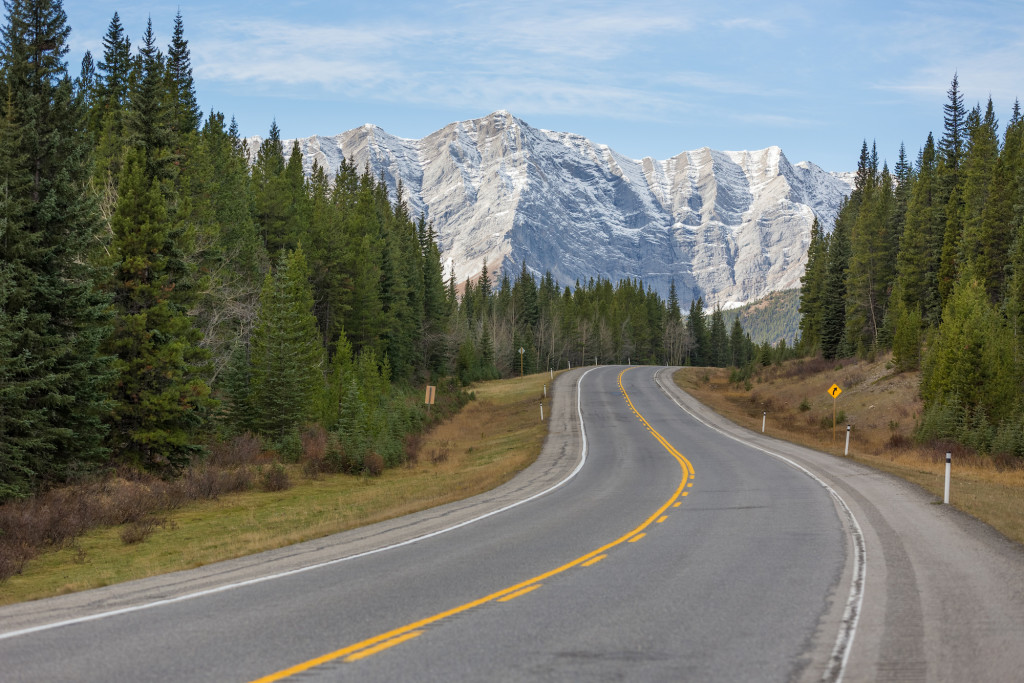The province of Alberta is strapped for cash, and the government is rethinking its priorities in terms of highway-related maintenance, both in the short and long-term.
In a brief statement during the Alberta Motor Transport Association’s annual convention, Alberta Transportation Deputy Minister Shaun Hammond said every proposed infrastructure project must be considered under the following guidelines: social, economic and environmental impacts.
It’s expected that there will be more environmental issues to contend with in the future.
In Red Deer specifically, diesel engines have continued to what’s deemed the worst air quality in Canada, causing a need for fuel savings to begin as soon as possible.
How do savings work into Alberta’s bigger plan? Savings come from burning less fuel, which will help fleets reinvest their funding in operations.
With a focus on environmentally friendly practices, funding can be restored to transportation companies.
When it comes to building commercial vehicle rest areas, the government is considering having them built in specific areas that can provide related services.
Finally, the government is considering using performance standards to identify how useable a road is before funding is appropriated for the repair, despite the fact that a significant number of bridges and roads are coming to their life’s end. By looking at the bigger picture in terms of what Alberta’s highways should look like, the government can focus their efforts on needed repairs versus wanted repairs.
The decisions and processes the government will take are dependent on Alberta’s bigger plans spanning decades from now.
It all needs to be done in the context of what Alberta’s highway network should look like decades from now, and identifying key shortcomings like the need for a second border crossing open around the clock. The goal is to move goods through a series of hubs, and even spur the economy in smaller communities, he said. “This whole notion of corridors and hubs is where we’re looking.”


Recent Comments